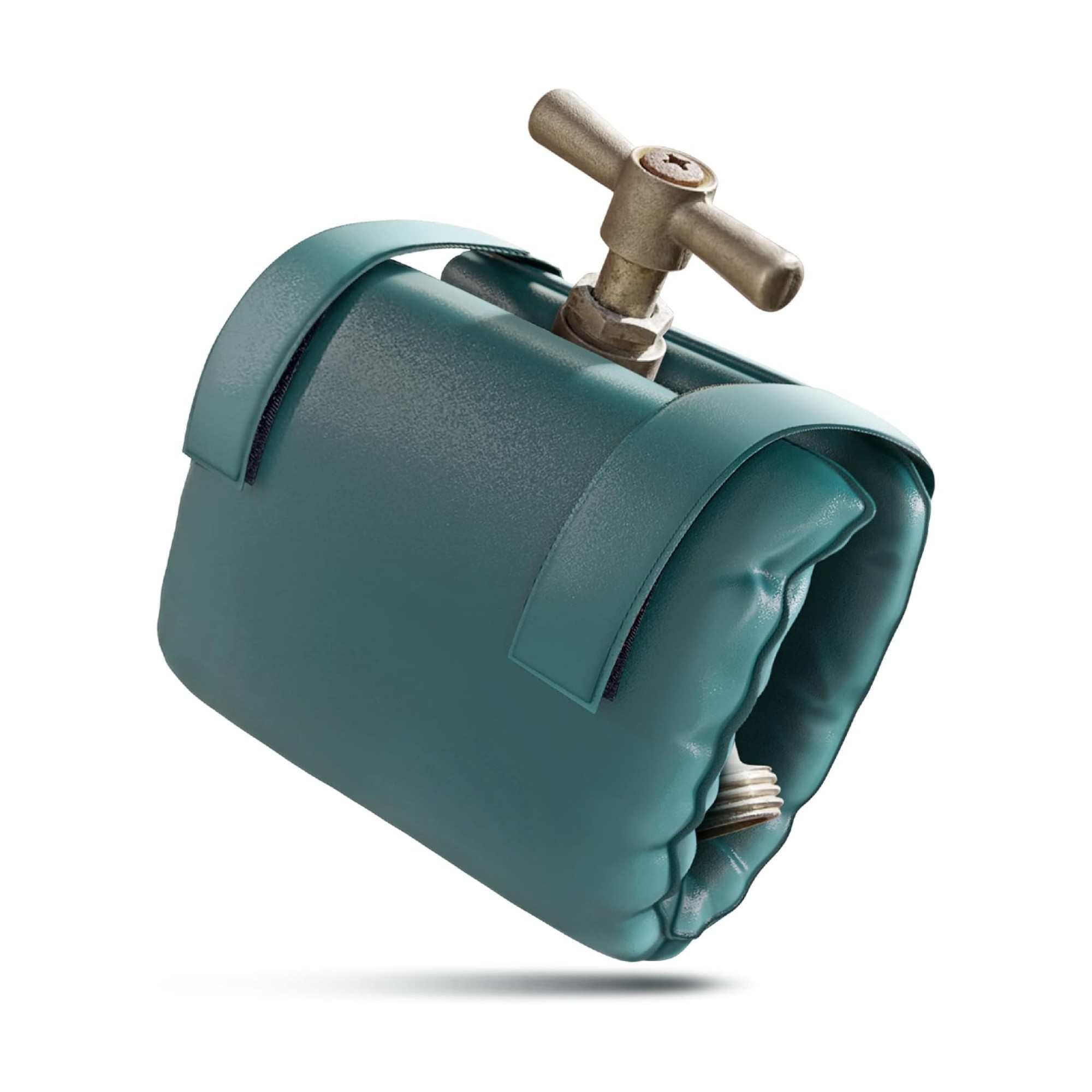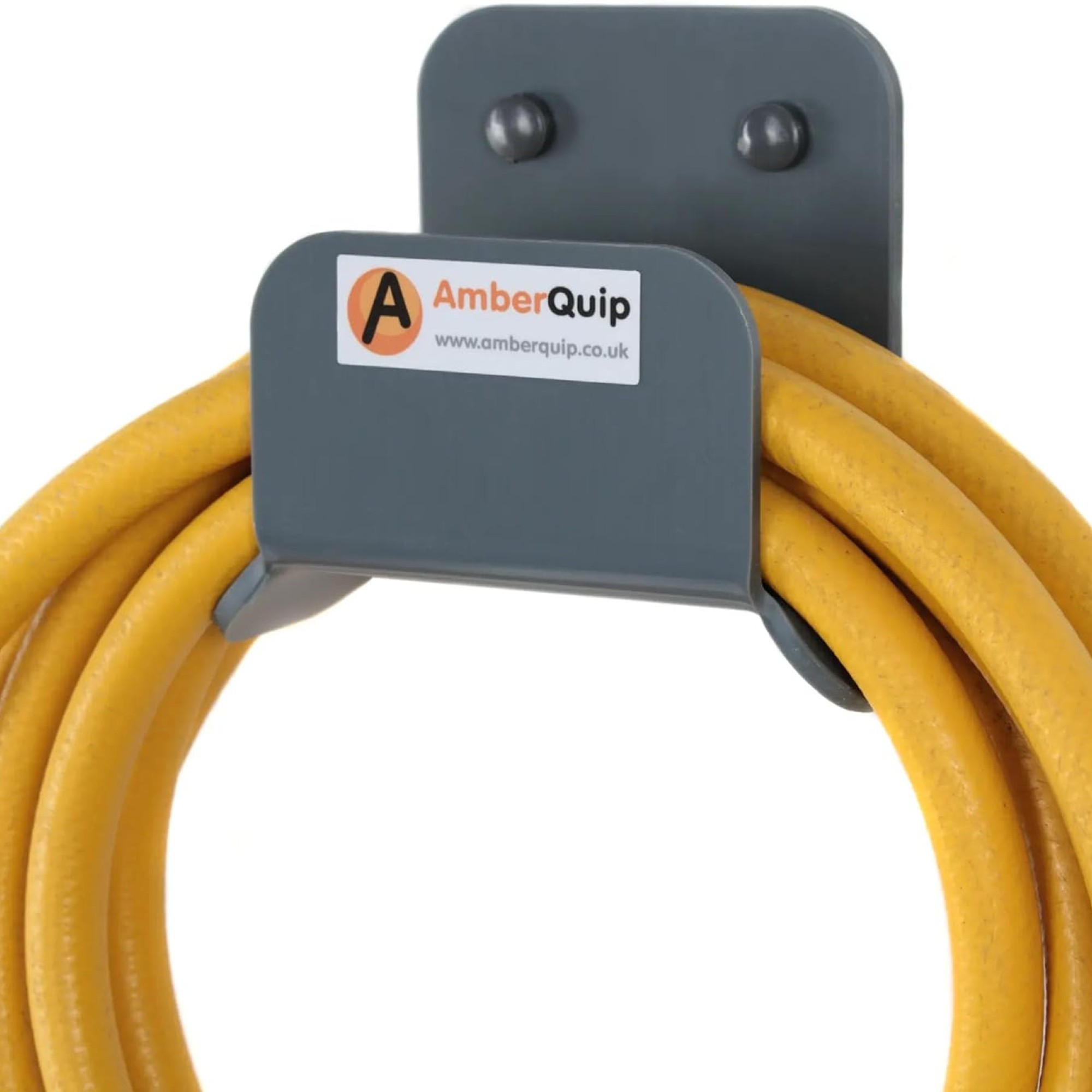How to protect your garden hose this winter – experts say this is what you need to do to avoid serious damage
Can you leave your garden hose outside this winter? Experts say you really shouldn’t to keep it from freezing
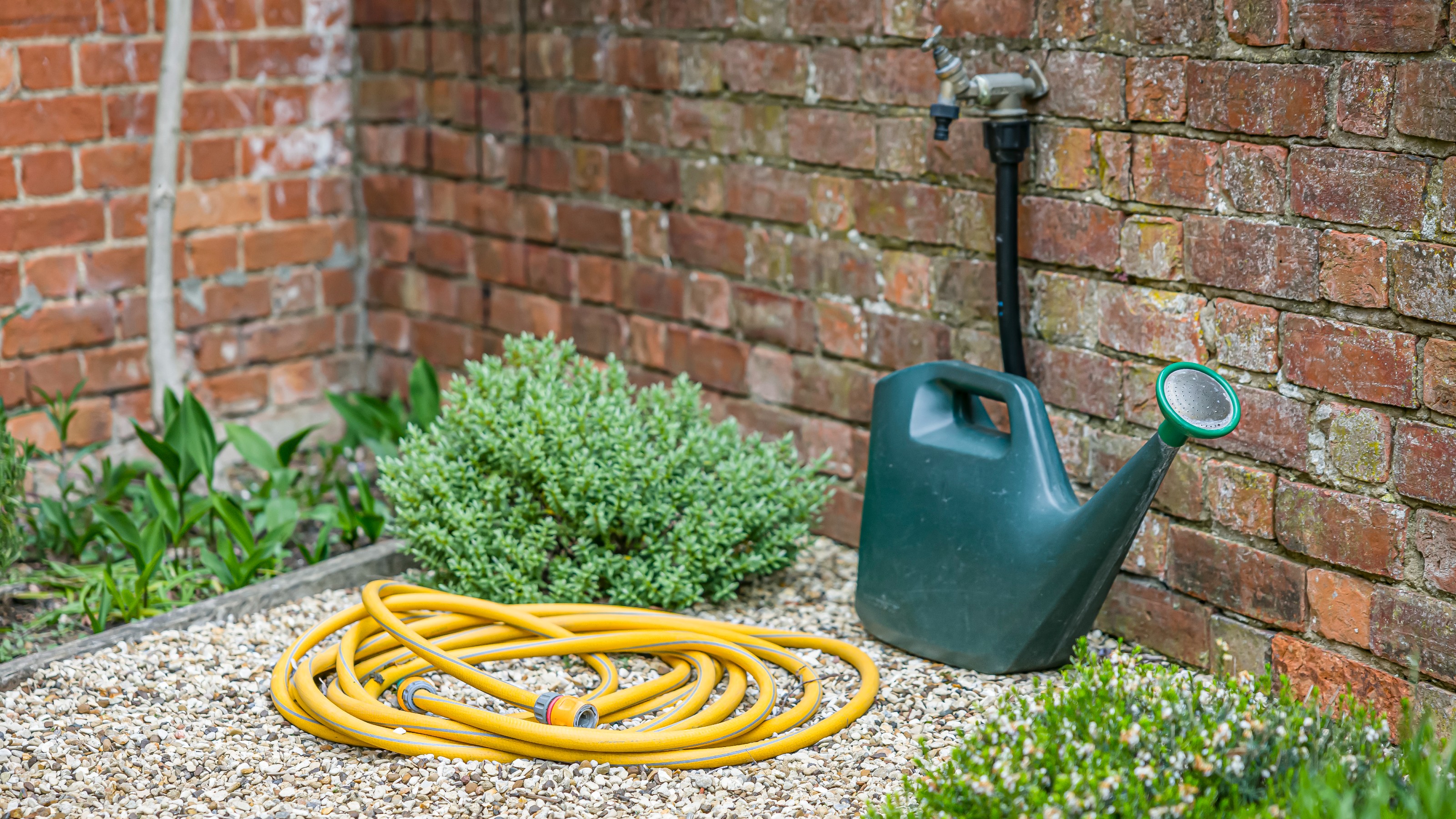
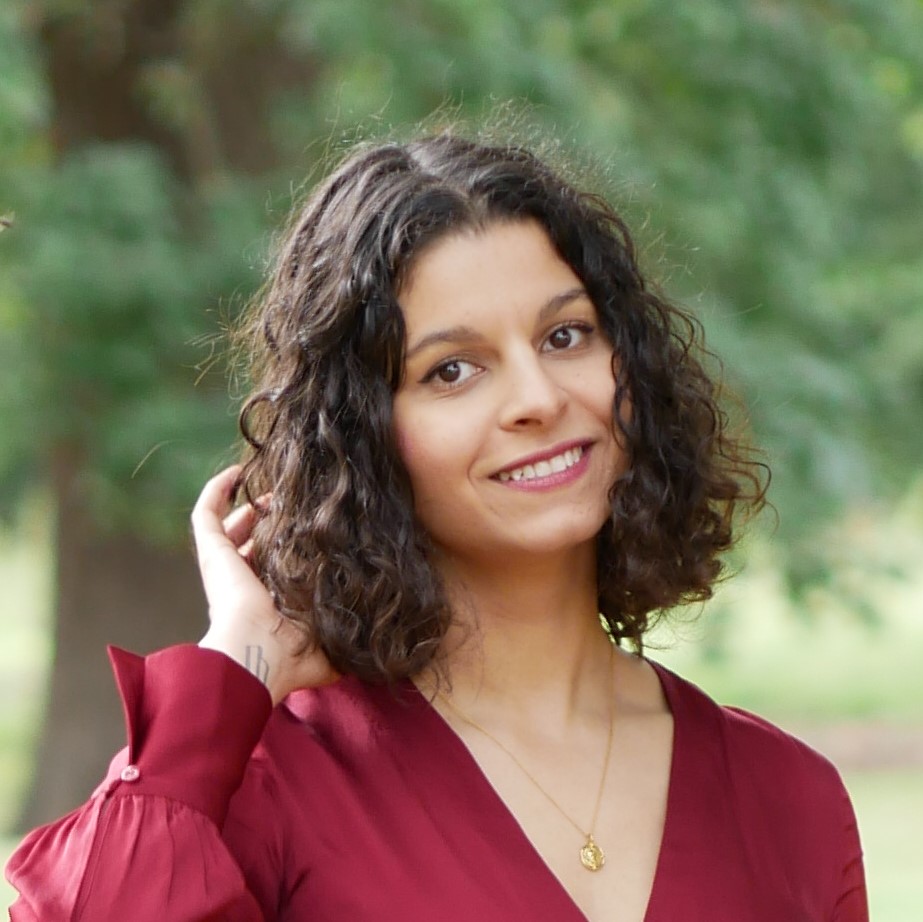
It’s not just the living things in your garden (i.e. your plants and wildlife) that need to be taken care of during winter. It’s your tools too, some of which are more susceptible to the freezing cold than others - your garden hose being the perfect example. So what’s the best way how to protect a garden hose in winter?
Similarly to the plants you need to bring inside in winter, your garden hose should also be stored away to protect it from the frost. But before you do bring it in, there are a couple steps that should not be skipped on.
However, if you insist on leaving your hose outside because you continue using it throughout the winter months, there are some expert-recommended precautions you can take to protect it from freezing and becoming unusable in the future as a result.

How to protect a garden hose in winter
Bringing your hose inside, whether that’s a garage or a shed, is a good winter gardening idea. Otherwise, if left outdoors exposed to the elements and low temperatures, the hose can freeze in the process and become cracked as a result. Which is something that a hose cannot recover from.
‘Leaving a garden hose outside during winter isn’t recommended because the freezing temperatures can damage it,’ says Petar Ivanov, Fantastic Gardeners' gardening expert. ‘If there’s any water left inside the hose, it’ll expand when it freezes and it’ll cause cracks on it.’
Steve Chilton, garden expert at LeisureBench, agrees, ‘Here in the UK, we can get some pretty cold, harsh winters which would cause havoc on our garden hoses. For this reason, I don't recommend leaving the hose outside during winter, and instead I recommend keeping it somewhere that won't get below freezing.’
But before storing it away this is what you need to do.
Get the Ideal Home Newsletter
Sign up to our newsletter for style and decor inspiration, house makeovers, project advice and more.
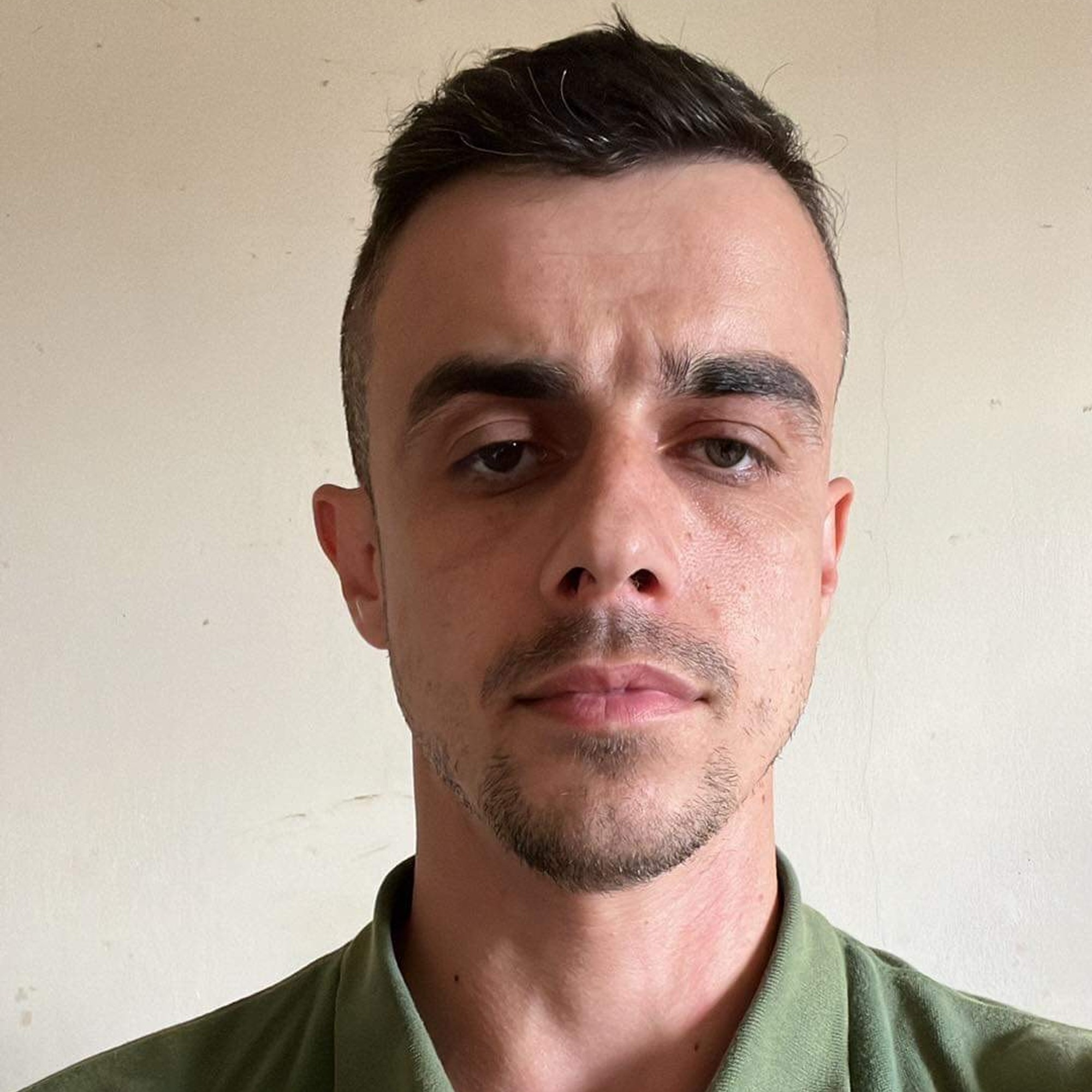
Petar Ivanov is one of the company's top-performing experts and manages over six teams of gardeners, delivering stunning landscape results and fostering a deep connection with nature through his work.

How to prepare your hose for storing during winter
Much like you store your garden furniture in winter, your garden hose should be put away too to extend its lifespan.
‘Unhook your hose from the outside tap and drain it, before coiling it up,’ advises Fiona Jenkins, garden expert at MyJobQuote.co.uk, the UK’s leading trades matching site. ‘You should take care to remove any kinks and avoid twisting or straining the hose too much as this can damage it. A reel will help you with this. Then move it into your shed or garage.’
Don’t forget about the nozzle though. Open it too to release any remaining water from it. This should be done right before temperatures drop below freezing. So right about now in other words as night time temperatures are forecasted to drop below 0°C this week.
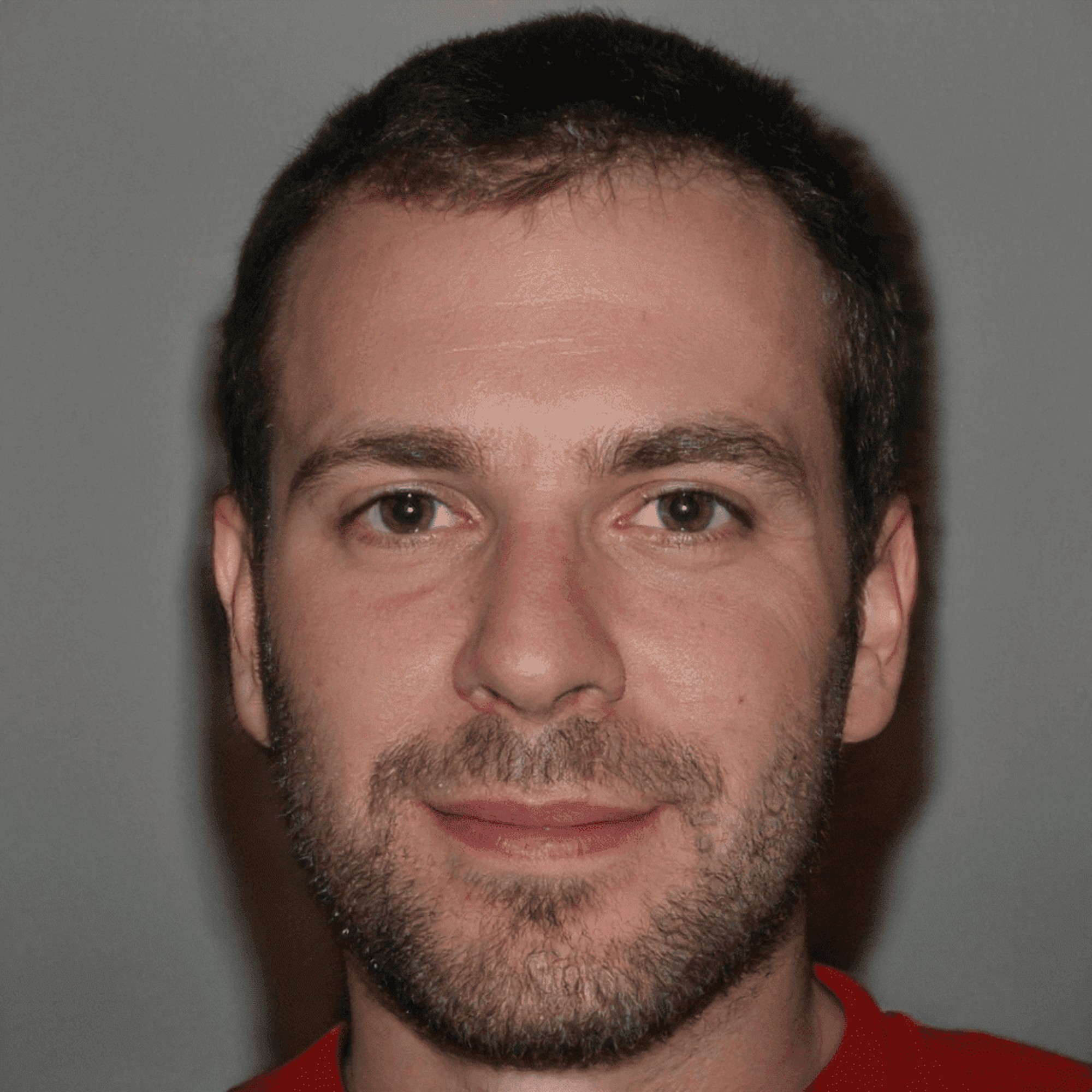
Steve is a passionate and knowledgeable garden expert with several years of experience within the field. As the director of LeisureBench, an industry-leading garden furniture company, Steve has developed strong expertise for all things nature and plants.
Protect the tap
‘Don’t forget about your outside tap too. Pop an insulating cover over the top to help protect it from frosts,’ Fiona recommends.
Steve adds, ‘You should ensure that the tap where the hose is connected is covered and insulated. If it isn't, it's likely to freeze up and you won't be able to use your hose in the first place.’
And that’s not what you should be doing to look after your garden in the winter. Quite the opposite. So make sure you pop a cover like this Amazon thermal tap jacket on your garden tap this winter.
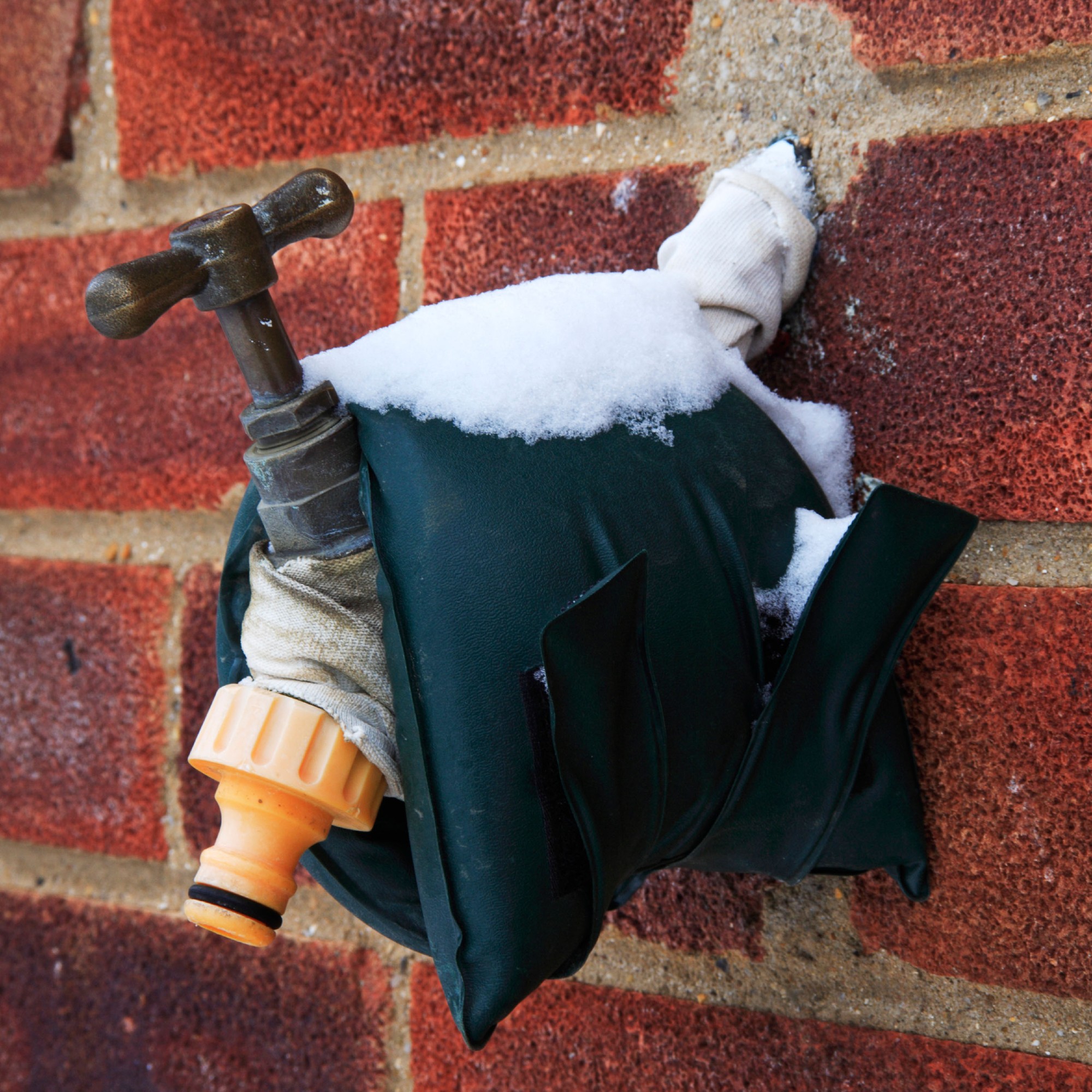
How to insulate a hose if kept outside
If you must keep your garden hose outside over winter due to regular use, then you need to protect it even more so. Firstly, you need to drain any remaining water in the hose after each use to prevent it from freezing.
And secondly, insulate!
‘I recommend using foam pipe insulation as this is the most widely available material and generally the most effective,’ Steve says. ‘Measure your hose correctly. This will help you determine how much insulation material you'll need. If you're unsure, always opt for more as you can cut down. Cut the insulation material. It should match the length of the hose.’
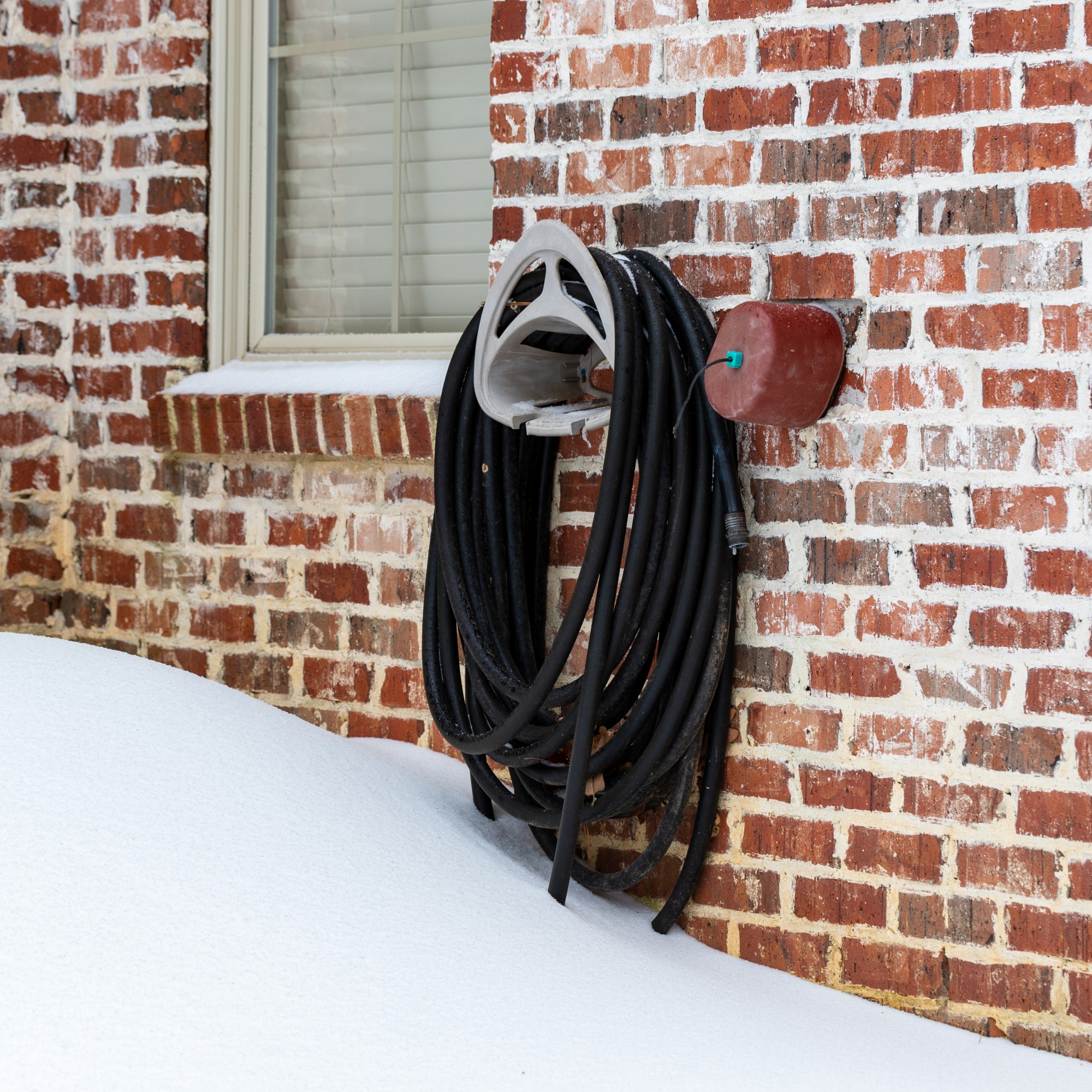
‘Carefully slip the pre-slit foam tube over the garden hose, ensuring that it covers the entire length. To keep the insulation in place, you could use anything from zip ties, adhesive tape, to electrical tape to secure the ends. Just make sure that the insulation is snug and doesn't move easily along the hose.’
Lastly, elevating your hose by hanging it on a hanger or hook will also help greatly.
‘If you're storing the hose outdoors, place it on a hose reel or hanger to keep it off the ground,’ Petar advises. ‘Keeping it on a hanger will also prevent the hose from getting tangled. This combination of using insulation and protective covering will be the most effective at preventing freezing and will extend the lifespan of your garden hose.’
FAQs
Is it OK to leave hose outside in winter?
While it’s recommended to store your garden hose indoors during winter, it is possible to keep it outside if you take some precautions such as draining it of water after each use, insulating it and elevating it off the ground by hanging it on a hanger.
‘Most garden hoses are fairly durable, so you can leave them outside during winter. It’s best to hang your hose up off the ground and use an insulating, protective cover to prolong its lifespan,’ Fiona says.
Where should hoses be stored in the winter?
According to gardening experts, a garage or a shed is the ideal place to store a garden hose. But any place with temperatures above freezing will do.
‘Move it indoors into the garage or other warmer indoor space, just make sure you place it somewhere that'll remain above freezing temperatures,’ Steve says.
How do you insulate a water hose for winter?
‘If you must leave it outdoors, insulate the hose with foam pipe insulation or blankets and consider using heated hose products designed for cold temperatures,’ Petar recommends.
Whatever you do, just don’t let your poor garden hose freeze outside in the blistering cold this winter.

Sara Hesikova has been a Content Editor at Ideal Home since June 2024, starting at the title as a News Writer in July 2023. She is now also the Ideal Home Certified Expert in Training on Furniture, and so far has tested 80 different sofas.
Graduating from London College of Fashion with a bachelor’s degree in fashion journalism in 2016, she got her start in niche fashion and lifestyle magazines like Glass and Alvar as a writer and editor before making the leap into interiors, working with the likes of 91 Magazine and copywriting for luxury bed linen brand Yves Delorme among others.
-
 Will a conservatory add value to your home and how can you maximise it?
Will a conservatory add value to your home and how can you maximise it?This is what the pros say
By Amy Reeves
-
 I’ve been looking for a new signature scent for my home and The White Company's new fragrance is the exact summer holiday smell I needed
I’ve been looking for a new signature scent for my home and The White Company's new fragrance is the exact summer holiday smell I neededSantorini smells fresh, summery and sophisticated
By Kezia Reynolds
-
 How to remove algae from garden walls in five steps – and the cleaning product experts rave about for tackling it fast
How to remove algae from garden walls in five steps – and the cleaning product experts rave about for tackling it fastExperts share their top tips for getting garden walls algae-free
By Katie Sims
